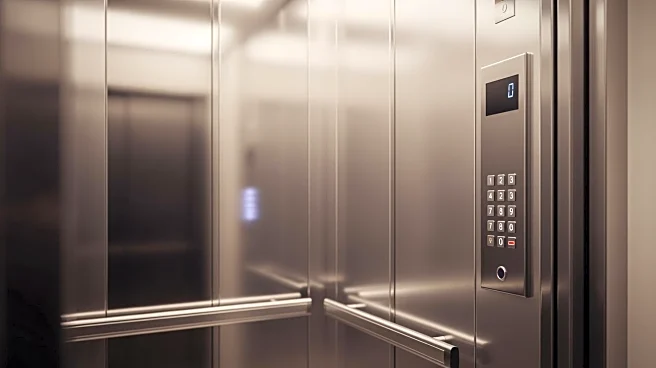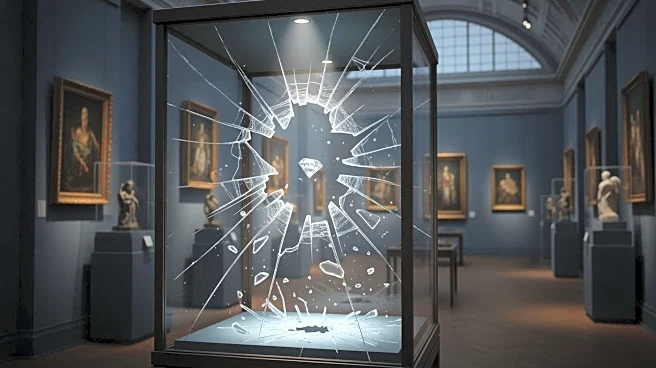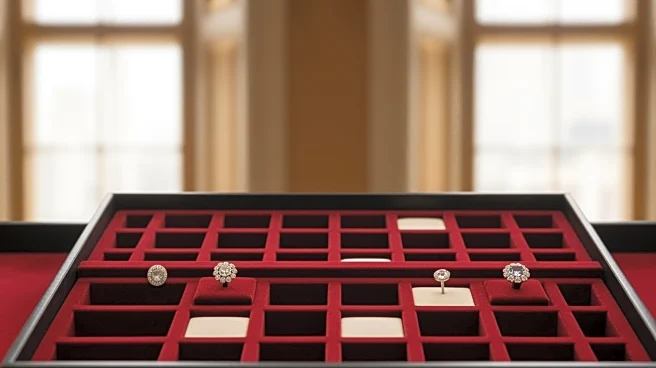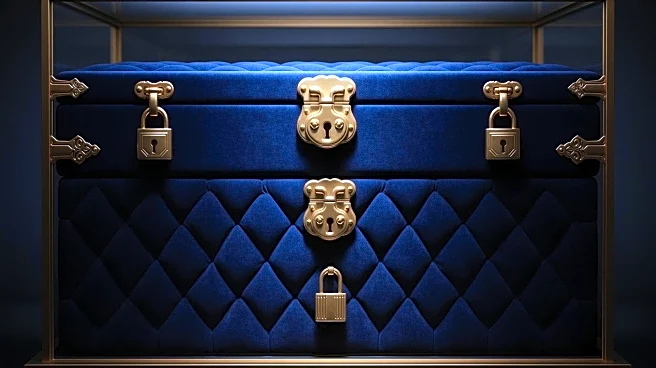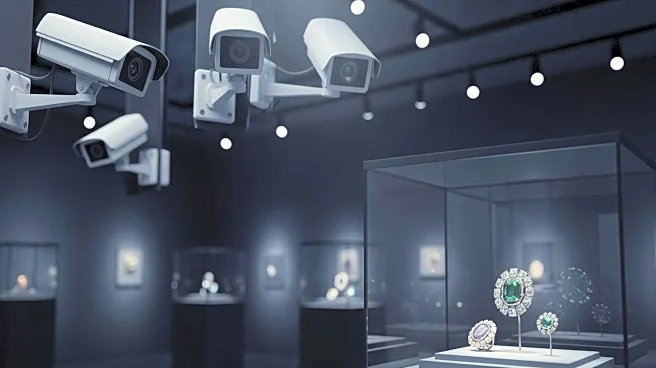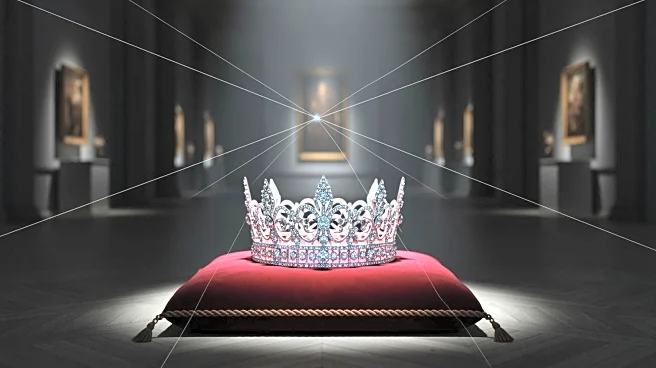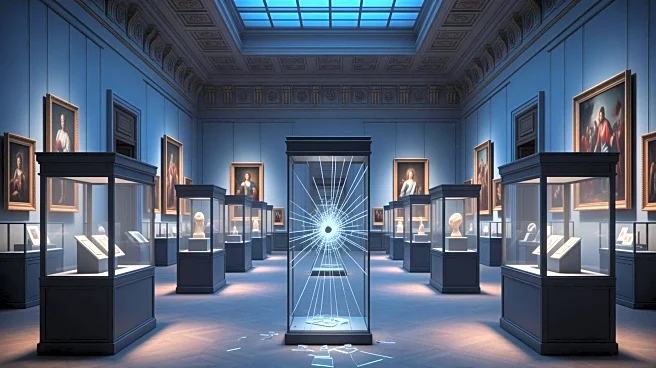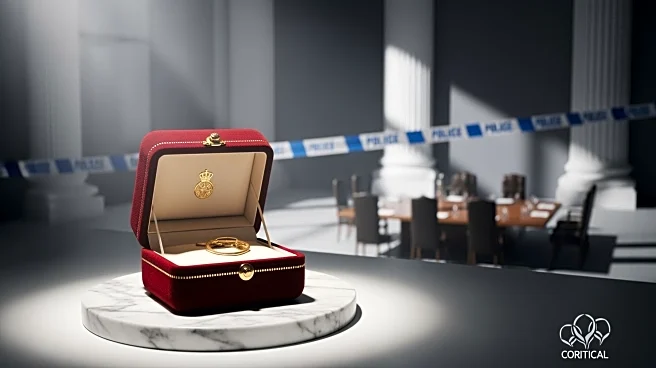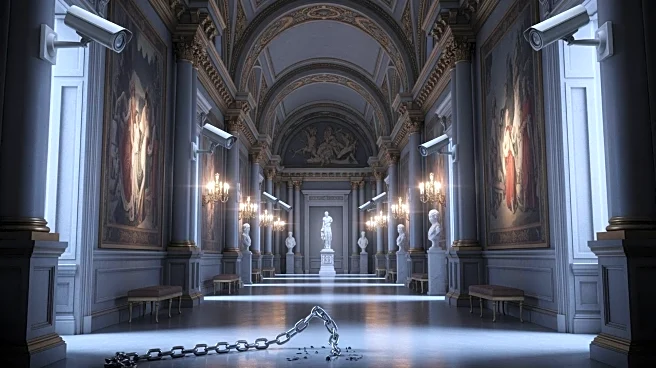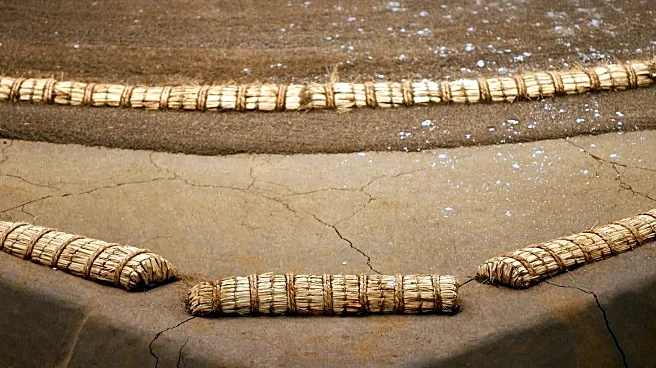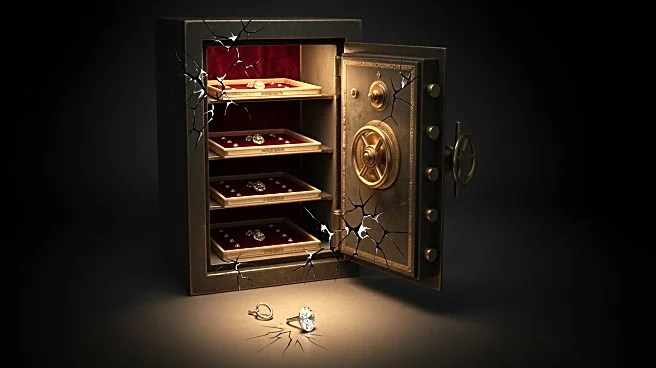What's Happening?
A recent heist at the Louvre Museum in Paris has drawn attention to the German company Böcker, whose lift was used by thieves to steal historic jewels worth over $100 million. The thieves accessed the museum through a second-floor balcony using a truck
fitted with a Böcker lift. The company, based in Werne, Germany, has since capitalized on the incident with a cheeky Instagram ad, highlighting the lift's capabilities. The museum's director, Laurence des Cars, revealed that the museum's outdated security infrastructure failed to cover the area where the thieves entered. Despite the heist, no injuries were reported, and the thieves remain at large.
Why It's Important?
The heist underscores significant security vulnerabilities in one of the world's most renowned museums, raising concerns about the protection of cultural heritage. The incident has sparked discussions about the need for modernized security systems in museums globally. For Böcker, the unexpected publicity has been largely positive, showcasing the lift's efficiency, albeit in a criminal context. The event highlights the intersection of security, technology, and cultural preservation, with potential implications for museum policies and private security firms.
What's Next?
The Louvre Museum is likely to face increased pressure to upgrade its security systems to prevent future incidents. The French government may also consider broader measures to protect national treasures. Meanwhile, Böcker may experience a surge in interest for its products, though it must navigate the ethical considerations of being associated with a high-profile crime. Law enforcement agencies continue to search for the perpetrators, and the museum's management may face scrutiny over the security lapses.
Beyond the Headlines
The heist raises ethical questions about the commercialization of crime-related notoriety, as seen with Böcker's marketing strategy. It also highlights the cultural significance of the stolen items, which are not only valuable but also hold historical importance. The incident may prompt a reevaluation of how museums balance public access with the security of priceless artifacts.
